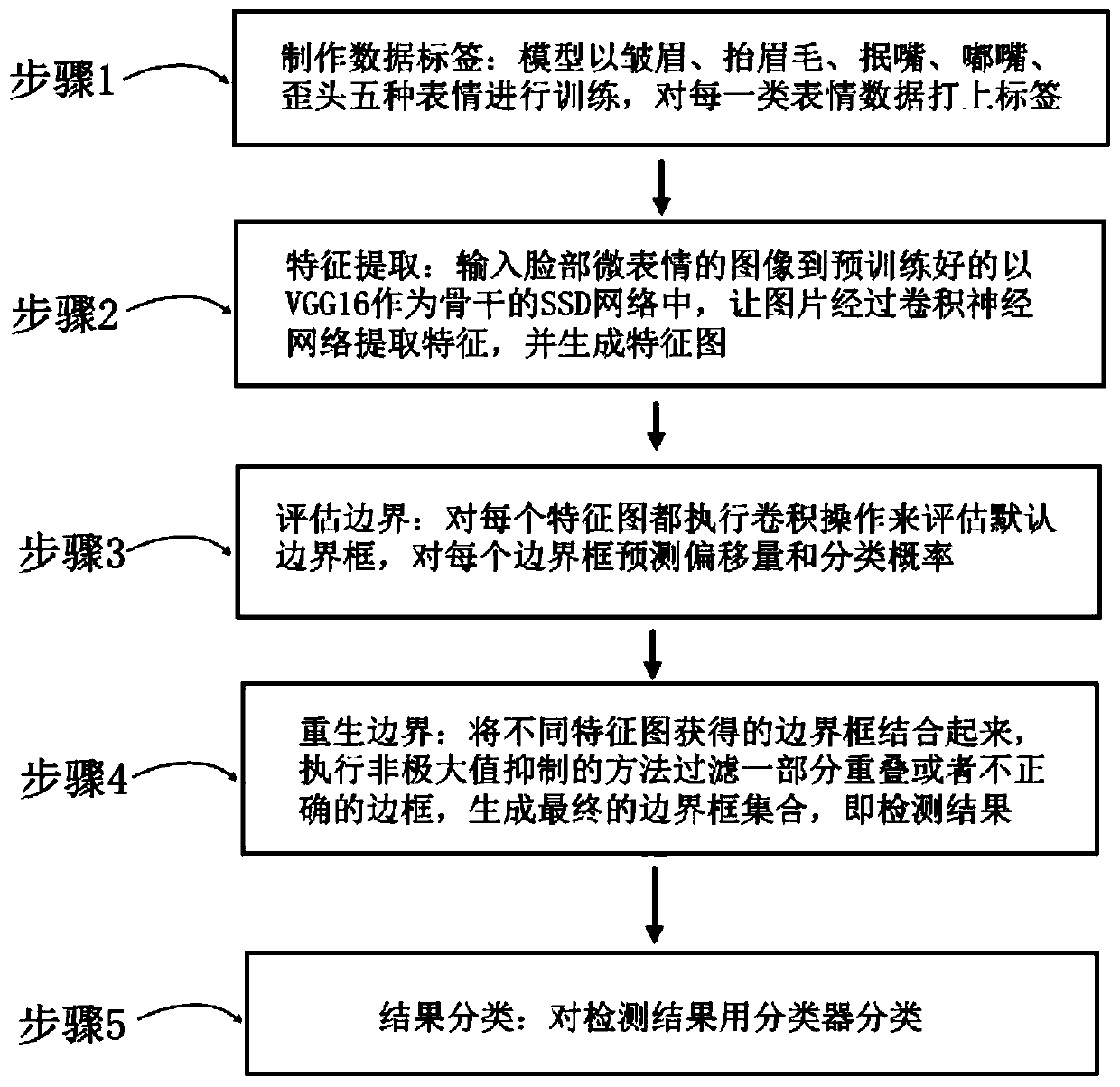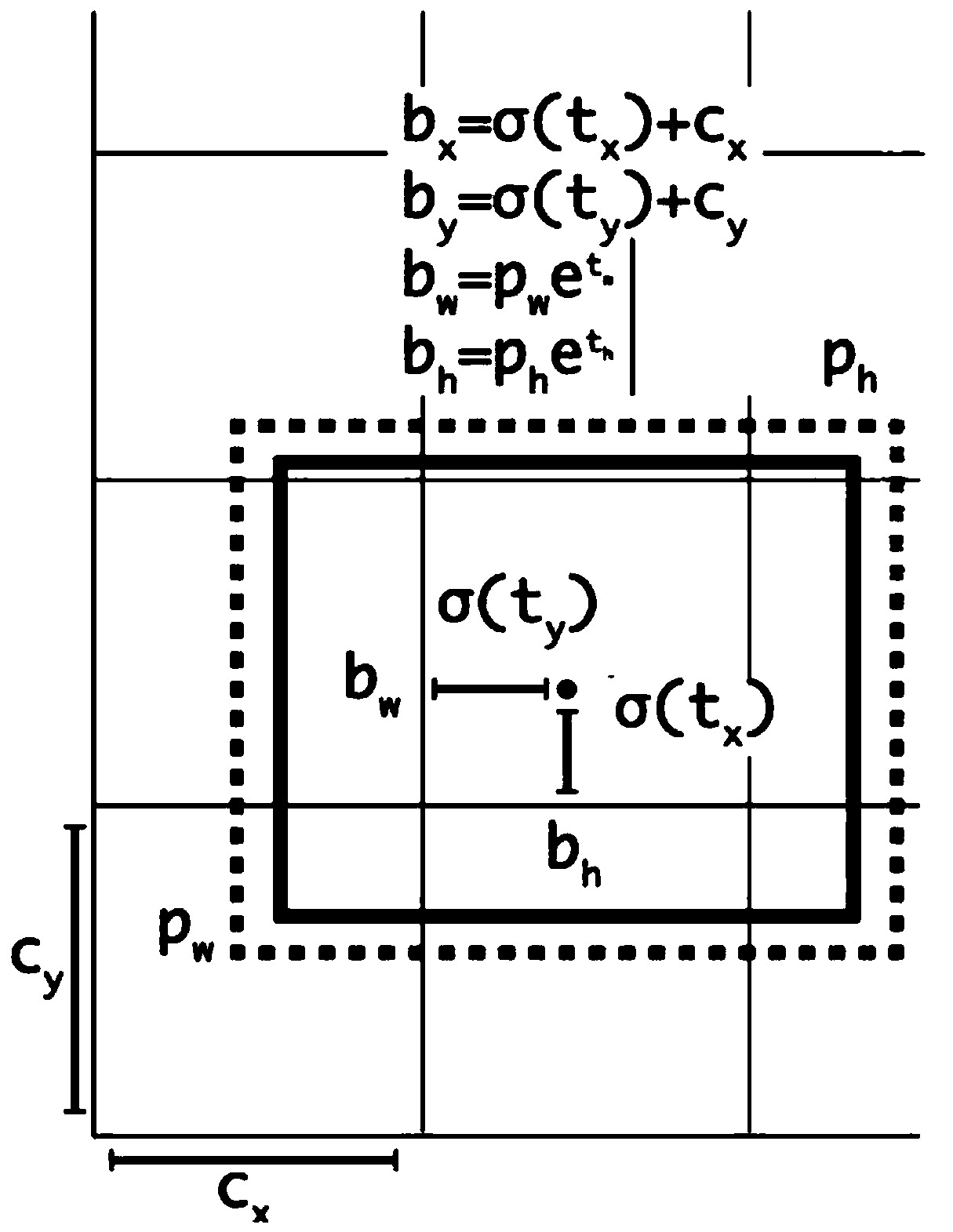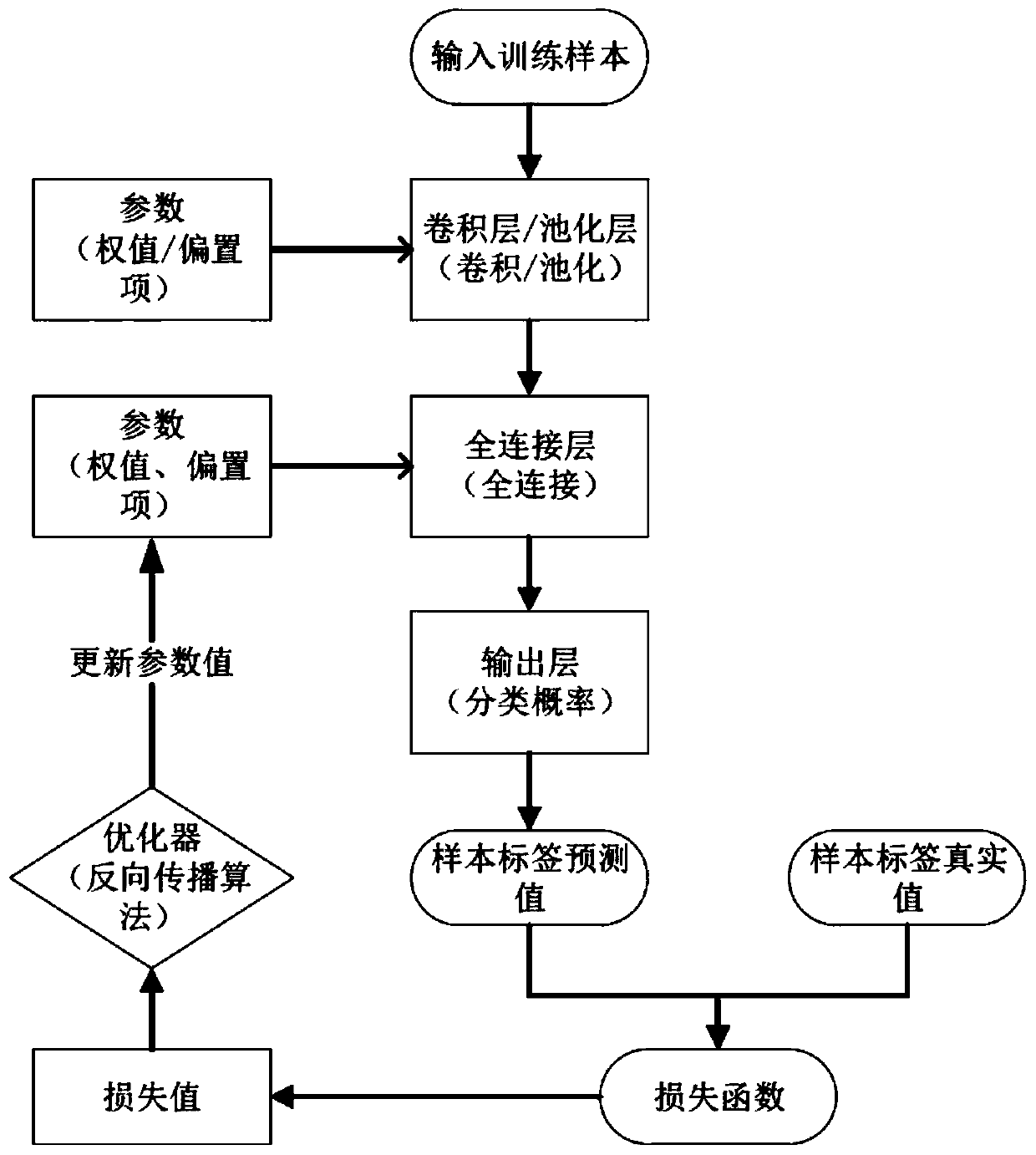Lie-telling detection method based on micro-expressions in interview
A detection method and micro-expression technology, applied in neural learning methods, acquisition/recognition of facial features, biological neural network models, etc., can solve the problems of robot face recognition micro-expression optimization, unconscious exposure, accuracy discount, etc.
- Summary
- Abstract
- Description
- Claims
- Application Information
AI Technical Summary
Problems solved by technology
Method used
Image
Examples
Embodiment Construction
[0077] The technical solutions of the present invention will be further specifically described below through the embodiments and in conjunction with the accompanying drawings.
[0078] Such as figure 1 As shown, the present invention discloses a lie detection method based on micro-expressions in interviews, including five steps of making data labels, feature extraction, evaluating boundaries, regenerating boundaries, and result classification. The above five steps are described in detail below:
[0079] Step 1. Make data labels:
[0080] First, the model is trained with five expressions of frowning, raising eyebrows, pursing lips, pouting, and tilting the head, and labels each type of expression data. The model extracts the feature vectors of five types of face images: frowning, eyebrow raising, pursing mouth, pouting mouth, and tilting head. For each ground truth in the face image, find the a priori frame with the largest IOU, and the a priori frame matches it. For the rem...
PUM
 Login to View More
Login to View More Abstract
Description
Claims
Application Information
 Login to View More
Login to View More - R&D
- Intellectual Property
- Life Sciences
- Materials
- Tech Scout
- Unparalleled Data Quality
- Higher Quality Content
- 60% Fewer Hallucinations
Browse by: Latest US Patents, China's latest patents, Technical Efficacy Thesaurus, Application Domain, Technology Topic, Popular Technical Reports.
© 2025 PatSnap. All rights reserved.Legal|Privacy policy|Modern Slavery Act Transparency Statement|Sitemap|About US| Contact US: help@patsnap.com



